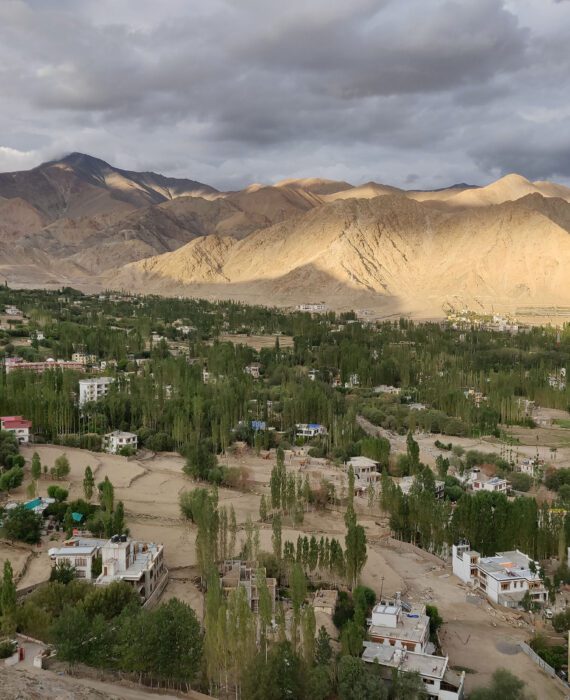
Leh: A complete guide to the heart of Ladakh
An old Tibetan saying translates to, “The
“The land is so barren and the passes so high that only our fiercest enemies or our best friends would want to visit us.”
– a Ladakhi saying
Starts: from Leh
Ends: at Leh
Group Type: Women-Only
Start: 15 May, 2022
End: 22 May, 2022
Please click here to see details about our Ladakh mixed-gender group tour.
Ladakh – indeed a lifetime trip for adventure seekers. However, it’s not a place for those who look for the party in the mountains, but for those who can follow a discipline on the trip while opening up their hearts to a new world. Because Ladakh is altogether a different world. A unique, mysterious and a peaceful place.
Ladakh, a place so explored yet unexplored, a place where thrill and culture co-exist, is the dream of every adventure seeker who adores some roughness, a lot of beauty, culture, and spirituality. Ladakh is a cold mountain desert with rugged roads, clear blue skies, starry nights, postcard-perfect landscapes, serene lakes, vast plateaus, hilltop monasteries, rustic houses, momos & butter tea, snow-clad mountain peaks, and verdant valleys dotted with tiny villages that surprise us with a splash of vivid green patches.
Ladakh, once used to be part of the silk route, is also the land of high passes. It boasts of having the highest motorable road in the world passing through Khardung La situated at 18380 feet. It’s the proud home to some of the highest elevated lakes in the world such as Tso Pangong and Tso Moriri situated at 14800 feet.
Did you know that the word Juley is used for hello, tso for the lake, la for pass in the Ladakhi language?
Did you also that Tibetan Buddhism is practiced in Ladakh, and its sects and practices?
Did you know that a major portion of Pangong Lake lies in China?
Let’s embark on a lifetime adventure to the roof of the world, and open up our hearts & mind to a new road and new realities while taking a deep breath. More than landscapes, the bright smiles and the warm hospitality of Ladakhi people, the joy of discovering the simplicity of Buddhist culture make a visit to Ladakh an unforgettable experience. We shall forever be beckoned by the beauty of the prayer flags waving in the air, smiles of monks, eternal silence in the monasteries, and countless cups of butter tea.
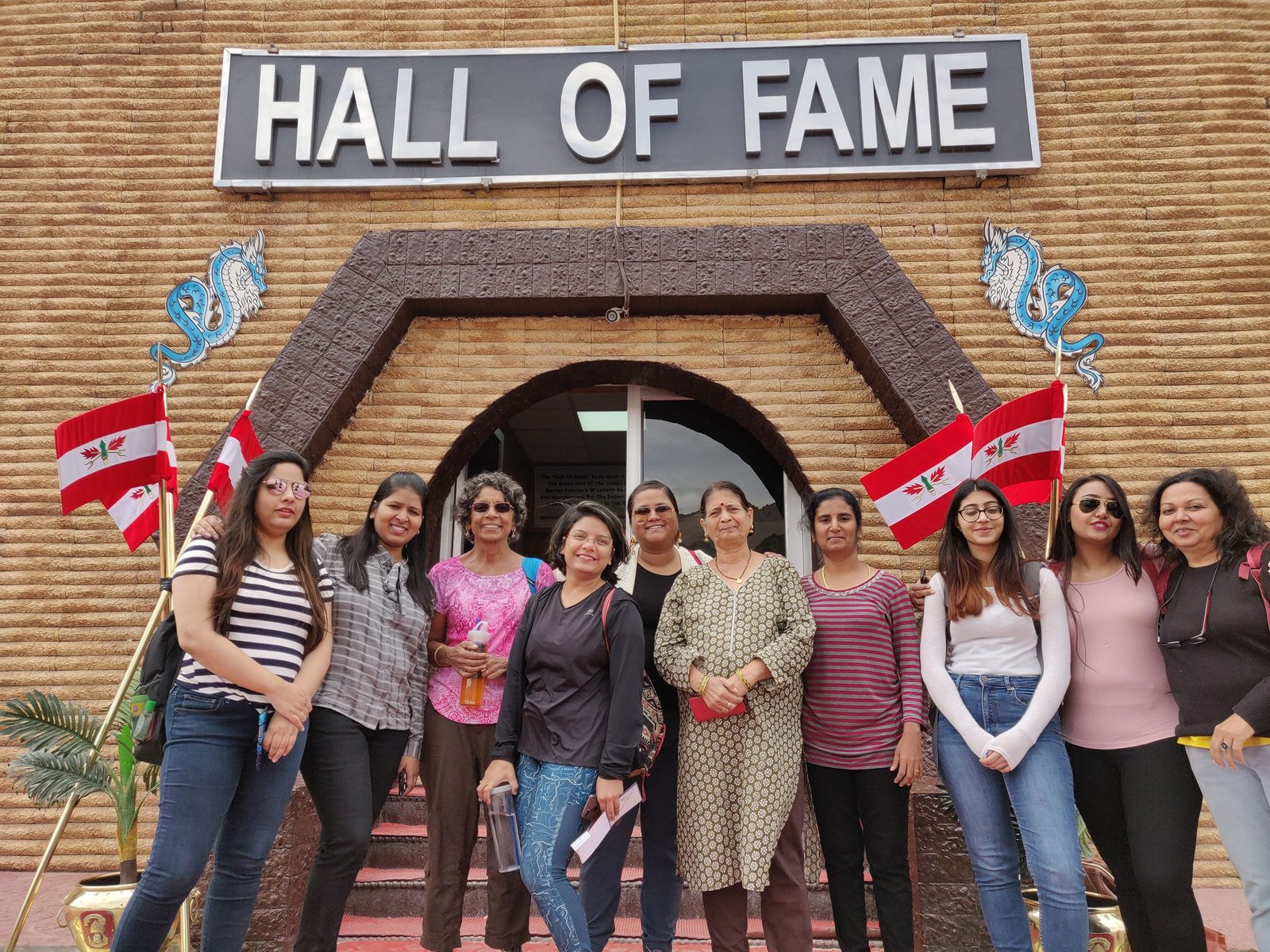
Hall of Fame is a museum and a war memorial constructed and managed by Indian Army. There are different galleries in Hall of Fame which gives us the in depth information about the history and culture of Ladakh, Kargil War, the surviving conditions in Siachen Glacier etc. There is also a three dimensional map of Ladakh region kept in one of the galleries. Hall of Fame also houses a museum shop which sells souvenirs. Not to mention that a visit to Hall of Fame makes every single Indian proud and emotional at the same time.

Leh Palace was built as a royal palace by the former king of Ladakh in the 16th century. It bears a close resemblance to the Potala Palace (erstwhile residence of the Dalai Lama) in Tibet, and it’s rustic architecture makes it stand out. Overlooking the city of Leh, the rooftop of the palace provides a magnificent view of Stok Kangri Mountain and the Ladakh mountain range. It’s a nine storey building, the tallest of that era, where the upper floors accommodated the royal family while the lower flowers were reserved as stables and storage rooms.
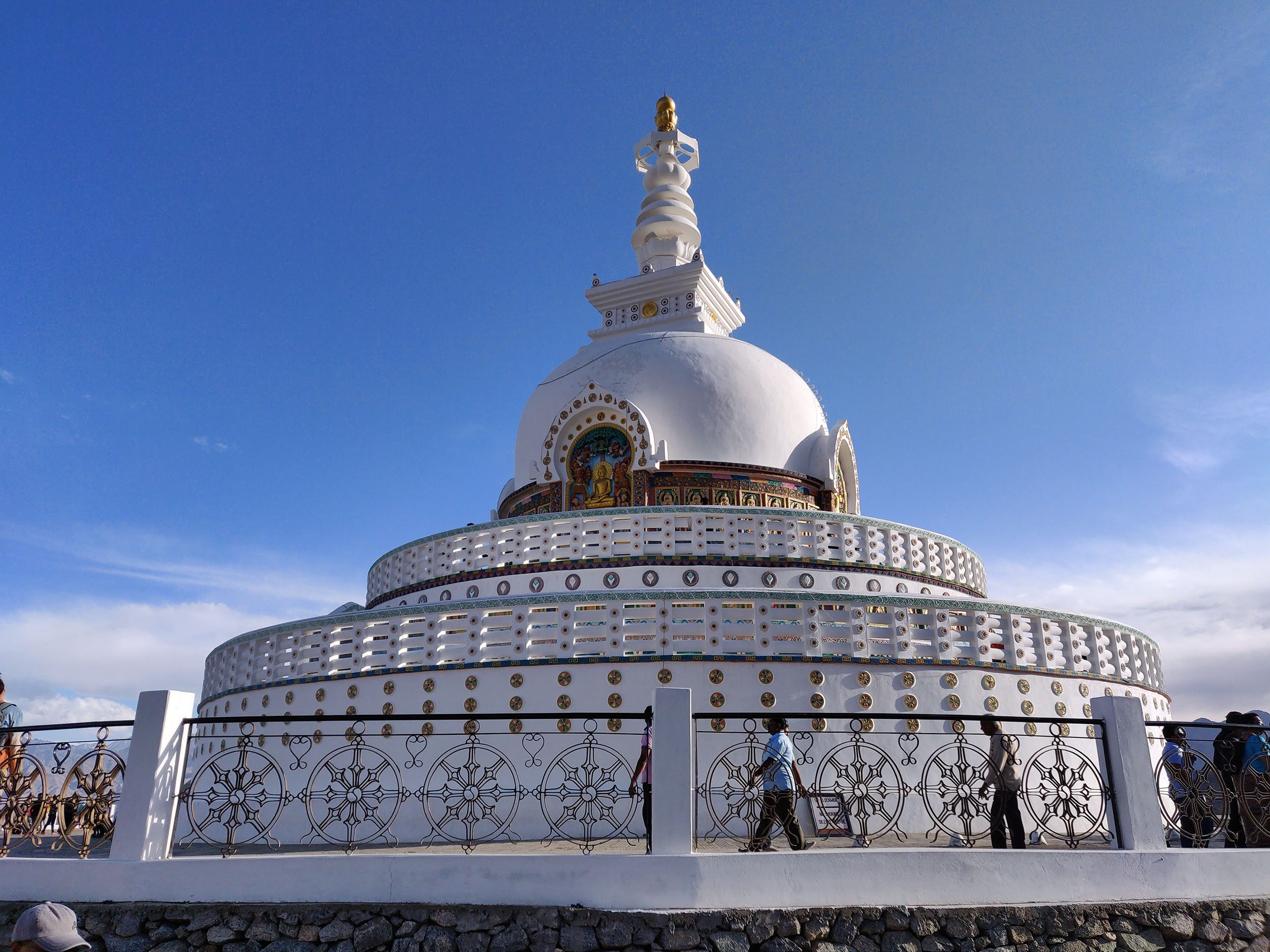
The spectacular white-domed Shanti Stupa was built in 1991 by Japanese Buddhist Monks to promote world peace as a part of Peace Pagoda Mission. It’s a 15 minutes hike to the top of the stupa, but the mesmerizing view of Leh from the above and a simplistic café located over there makes the pain of climbing completely worth.

Thiksey Monastery is located at an altitude of 11, 800 feet, on the top of a hill in the village of Thiksey, 19 km to the south of Leh. It bears a resemblance to Potala Palace in Tibet, which is the former residence of the Dalai Lama. It’s also the largest monastery in Central Ladakh housing stupas, statues, thangkas, wall paintings, weapons, etc. The most significant part of monastery is Maitreya Temple which was built to commemorate the visit of 14th Dalai Lama to the monastery in 1970.
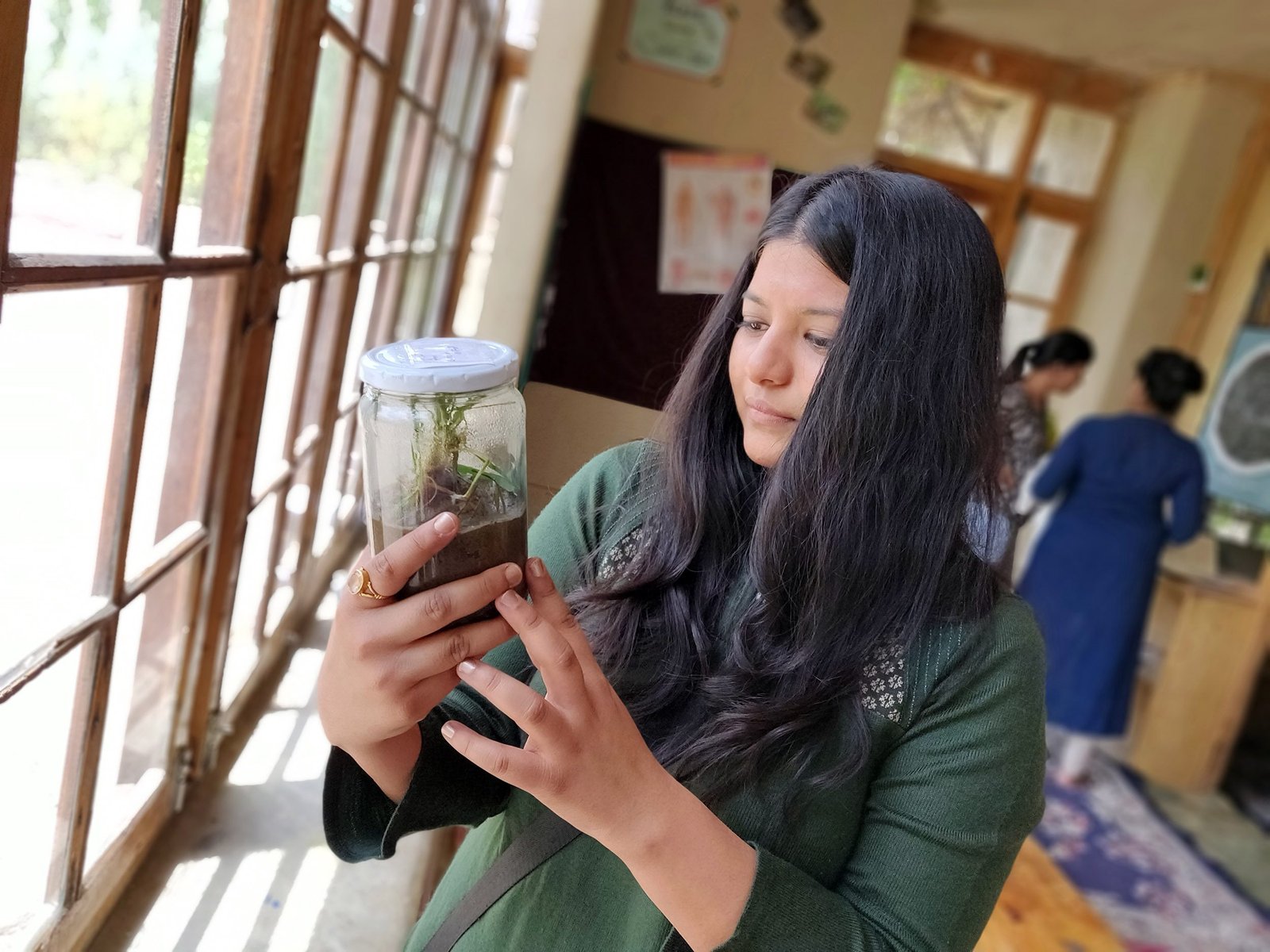
Students’ Educational and Cultural Movement of Ladakh (SECMOL) is a school founded in 1988 to reform the educational system of Ladakh. It’s a fully sustainable school focusing on self-learning and social innovation. Currently, almost forty students reside here from various socio-economic backgrounds. Will you believe that students manage the entire campus practically by green construction, harnessing solar energy, farming, water recycling, building compost toilets and many more eco-friendly concepts here? It was founded by Sonam Wangchuk (the real-life Phunsukh Wangdu from Bollywood movie ‘Three Idiots’) and a couple of Ladakhi youth. A visit to this school shall send you home back with some lifelong learnings.
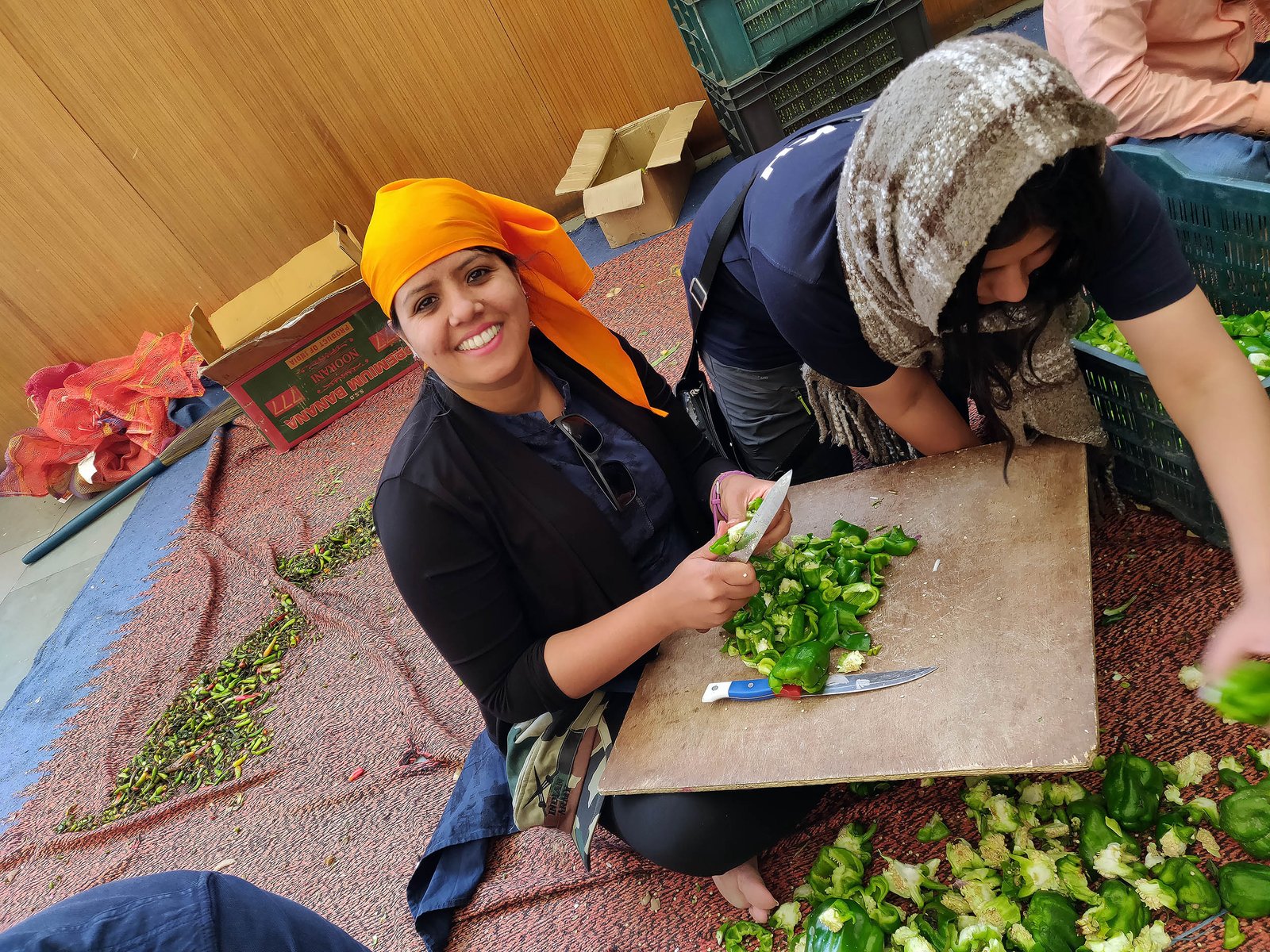
Beautifully tucked between rugged and rustic terrains, Pathar Sahib Gurudwara was built in 1517 to commemorate the visit of Guru Nanak Dev to Ladakh region. It’s located at an altitude of 12000 feet, and 40 km from Leh. The Pathar, translated to stone in English, has a legendary story behind it which we shall learn during our visit to the place.
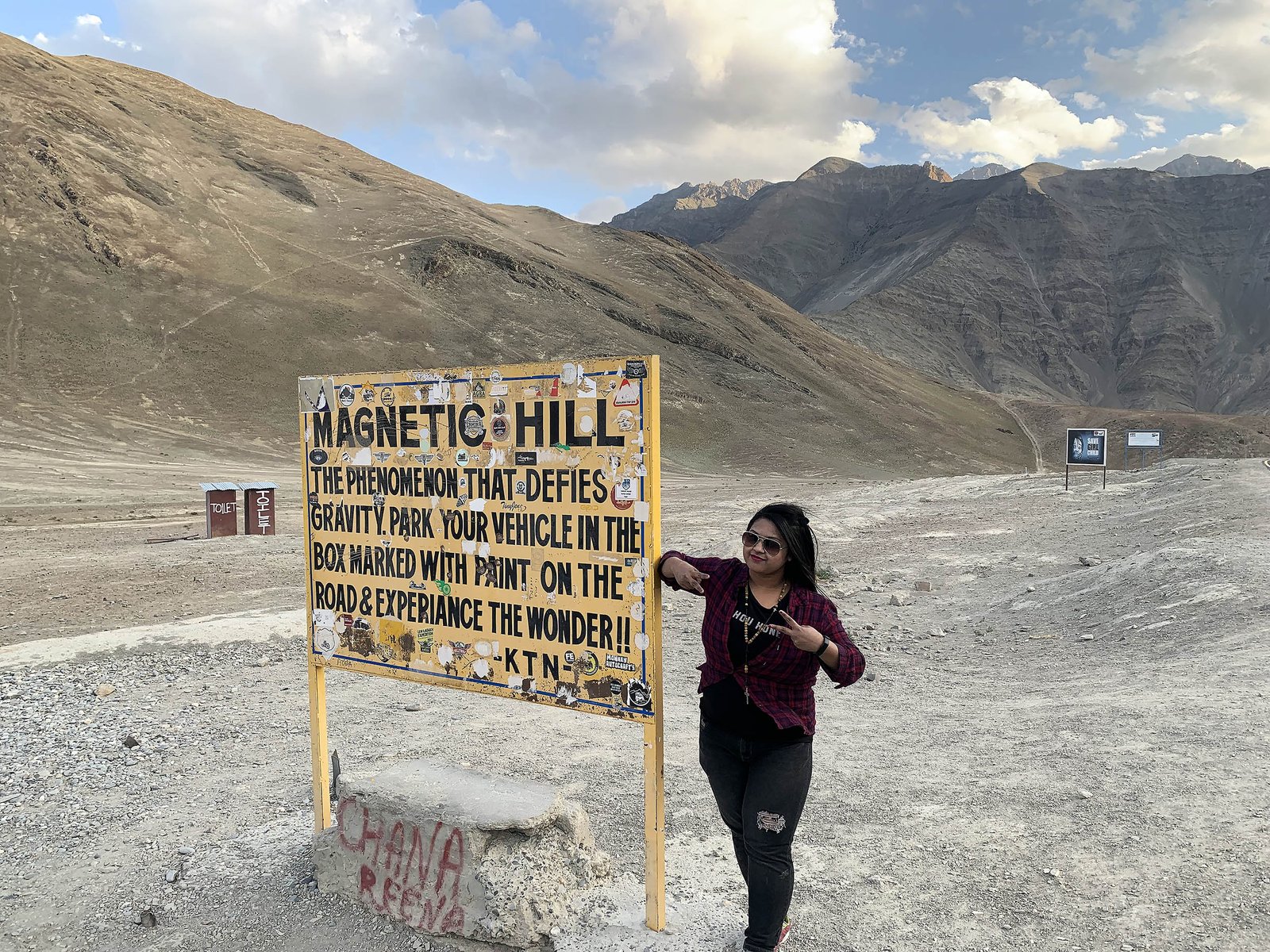
Located at a distance of 30 km from Leh, on Leh-Kargil highway, is a small stretch of road that is believed to be defying the concept of gravity. The magnetic hill seems to be pulling the stationary vehicles upwards. If one parks their vehicle in the designated area on the highway, it can be seen to be moving at 20 km per hour with engines being entirely off. Let’s unravel the mystery behind this – science or supernatural?
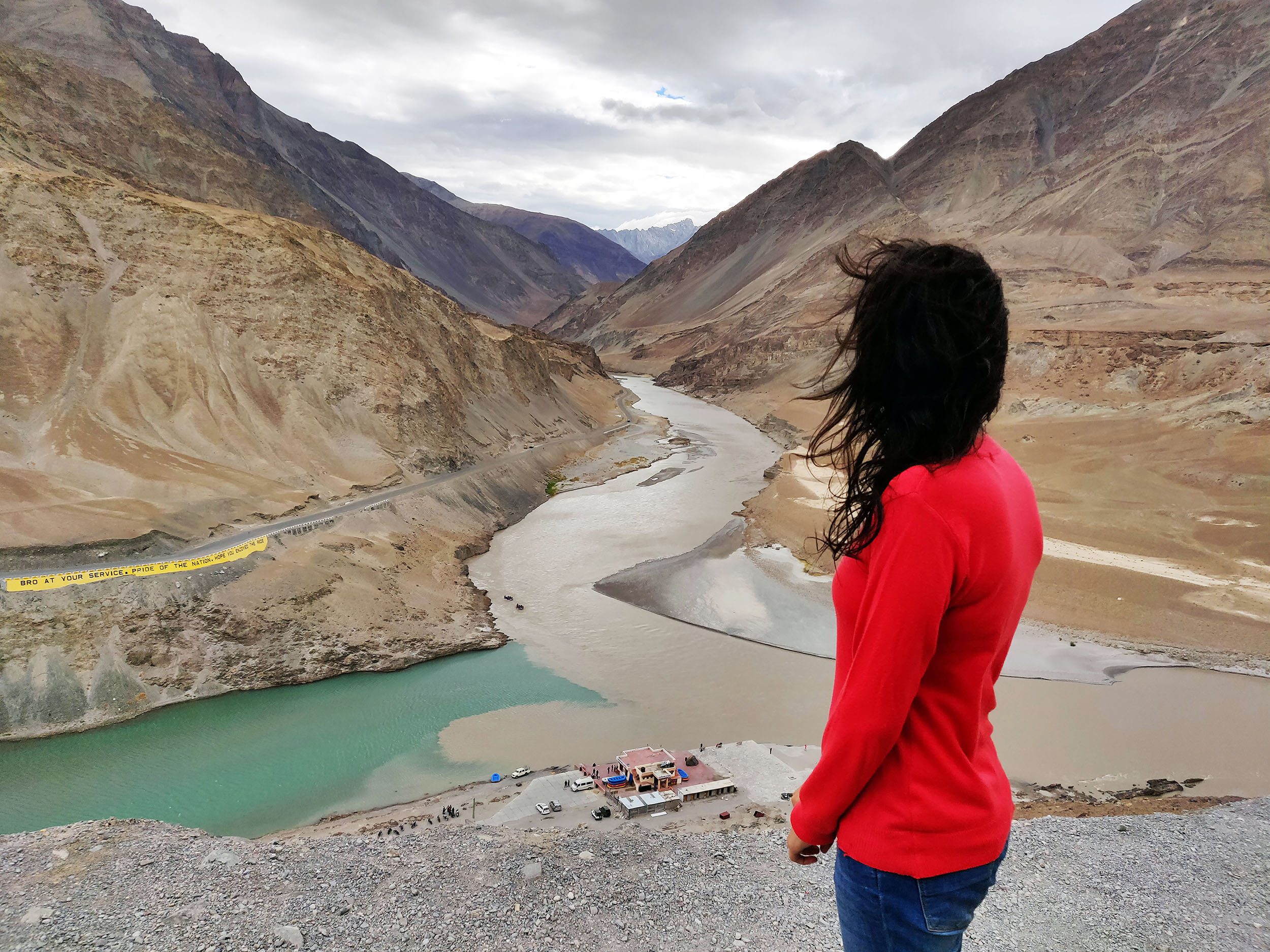
The confluence of the Indus and Zanskar river can be seen at a spot which is now popularly known as Sangam Valley in Nimmu Village. The muddy color of Zanskar can easily be distinguished from the emerald green color of Indus River at the convergence point, which is breathtaking beyond words. One can overlook this magical beauty from the highway, or go down for a closer look as it’s also a perfect place to sit, relax and click photos.
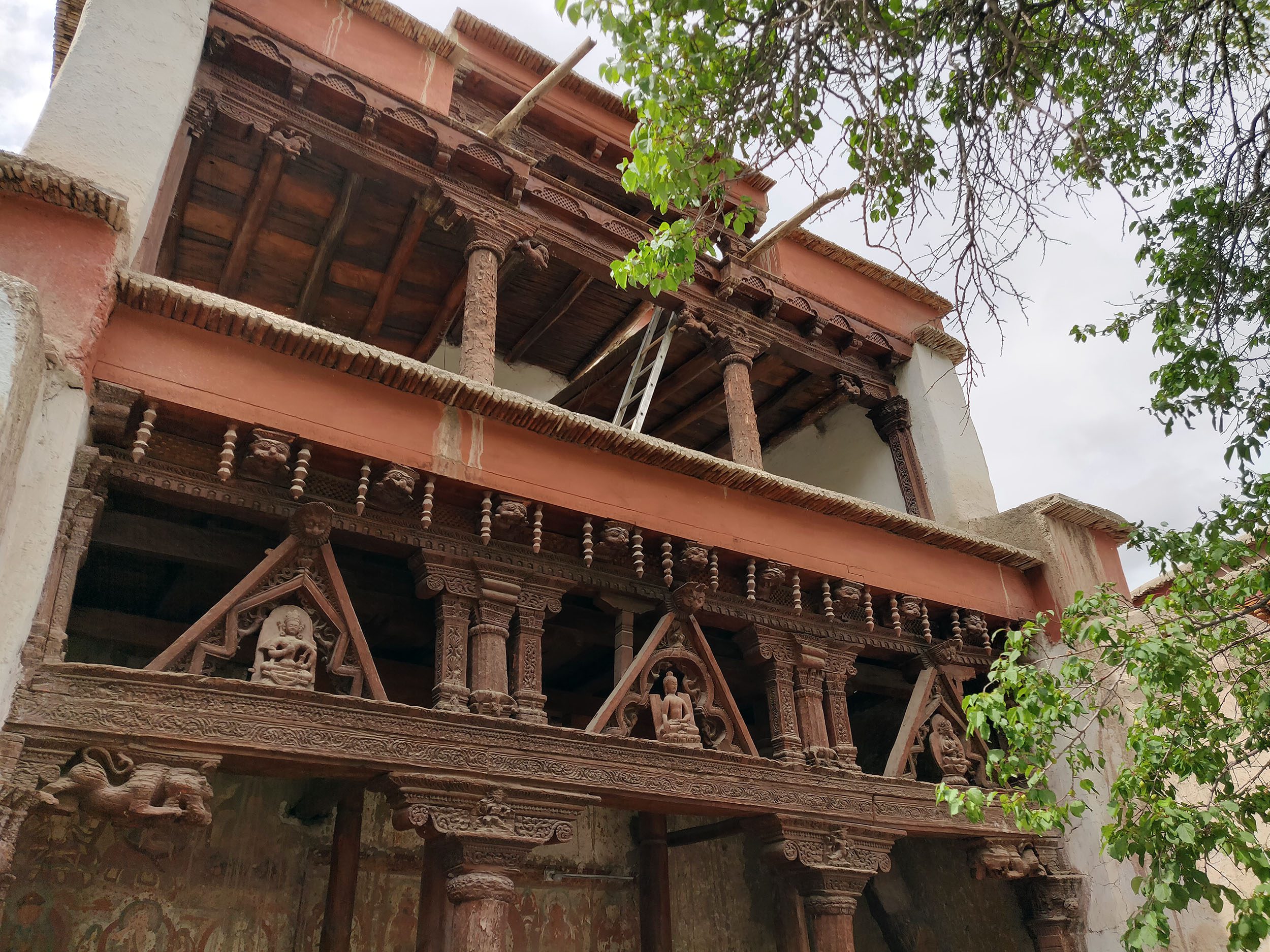
Renowned as the oldest Buddhism learning centre in Ladakh, Alchi Monastery was built between 958 and 1055. It was built by Guru Rinchen Zangpo who was sent to India from Tibet to translate Sanskrit Buddhist texts into Tibetan language. The monastery complex is divided into four portions which have monuments constructed at different times. All the structures are adorned with minutely carved paintings and intricate woodwork which never fail to captivate the visitors. In fact, some of the paintings found inside Alchi Monastery are the oldest surviving paintings in Ladakh.
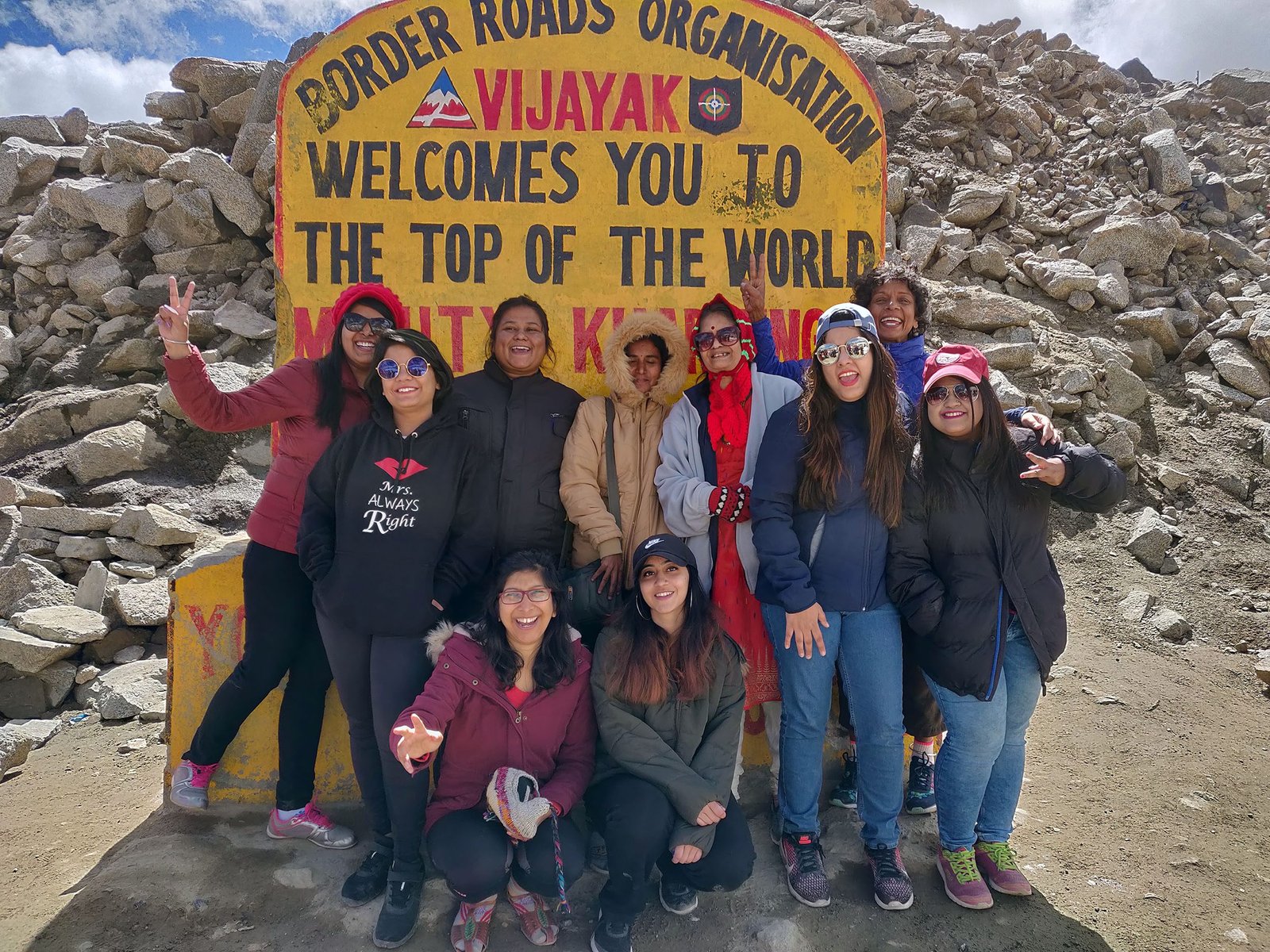
Located at an altitude of 18380 feet, Khardung La is one of the highest motorable roads in the world. It’s also a high mountain pass (La in Tibetan stands for a pass) connecting Leh to Nubra and Shyok valleys. It was built in 1976 but opened to the general public in 1988. Riding Khardung La has been the dream of every Himalayan rider. Not to mention that this pass is crucial to India as it is used to carry supplies to the Siachen Glacier.

The almost 105 feet tall statue of Maitreya Buddha can be recognized as soon as we enter the campus of Diskit Monastery. It’s beautifully perched on a hilltop, and faces the Shyok river. It was built in 2006, but inaugurated in 2010 by Dalai Lama.
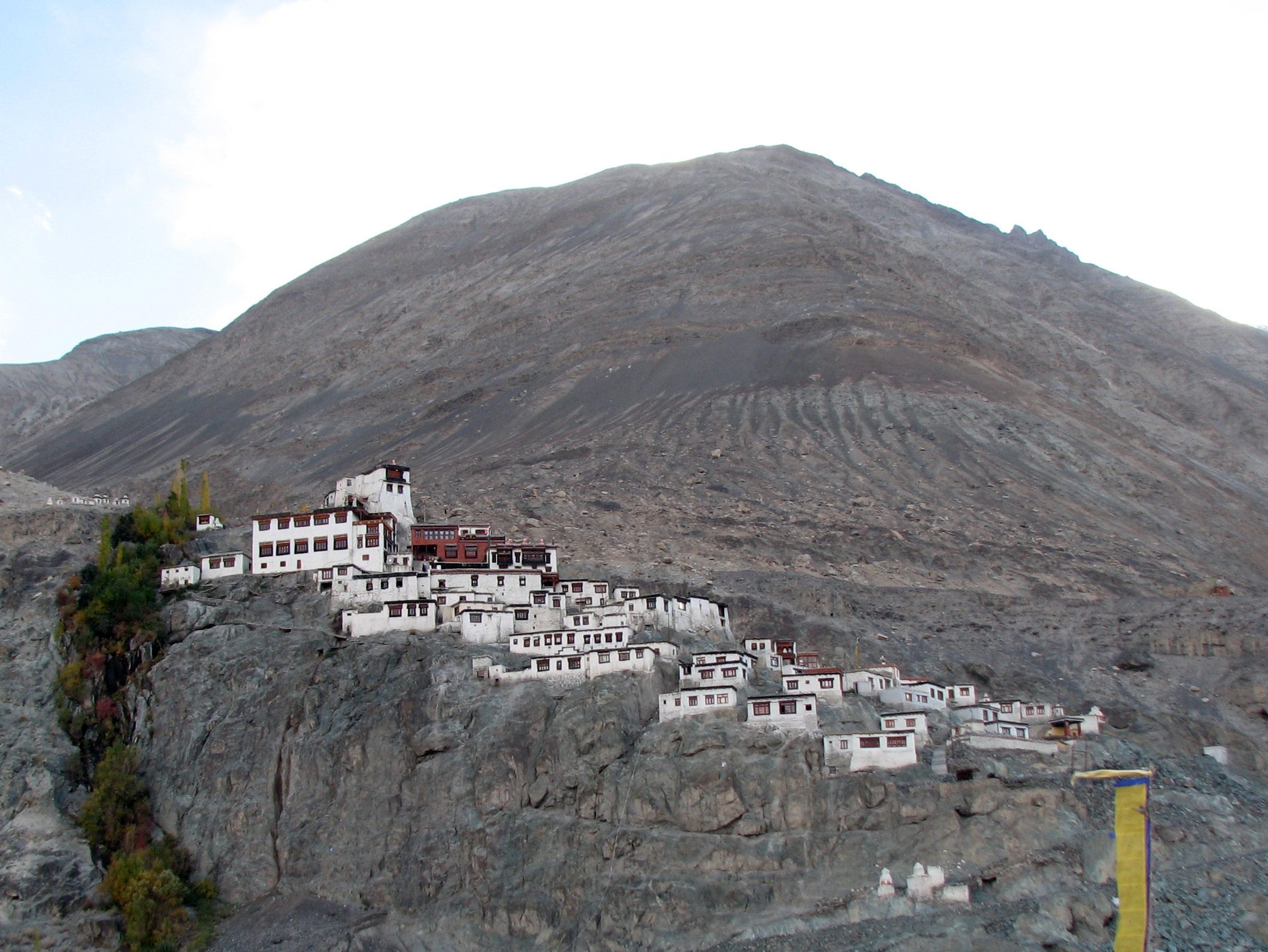
Built in 14th country, Diskit Monastery is the oldest surviving monastery in Nubra Valley. Beautifully tucked on a hilltop right above the floodplains of Shyok River, it can be easily recognized even from the far because of the stunning 106 feet tall statue of Maitreya Buddha. The monastery also runs a school for the Tibetan kids in the region.
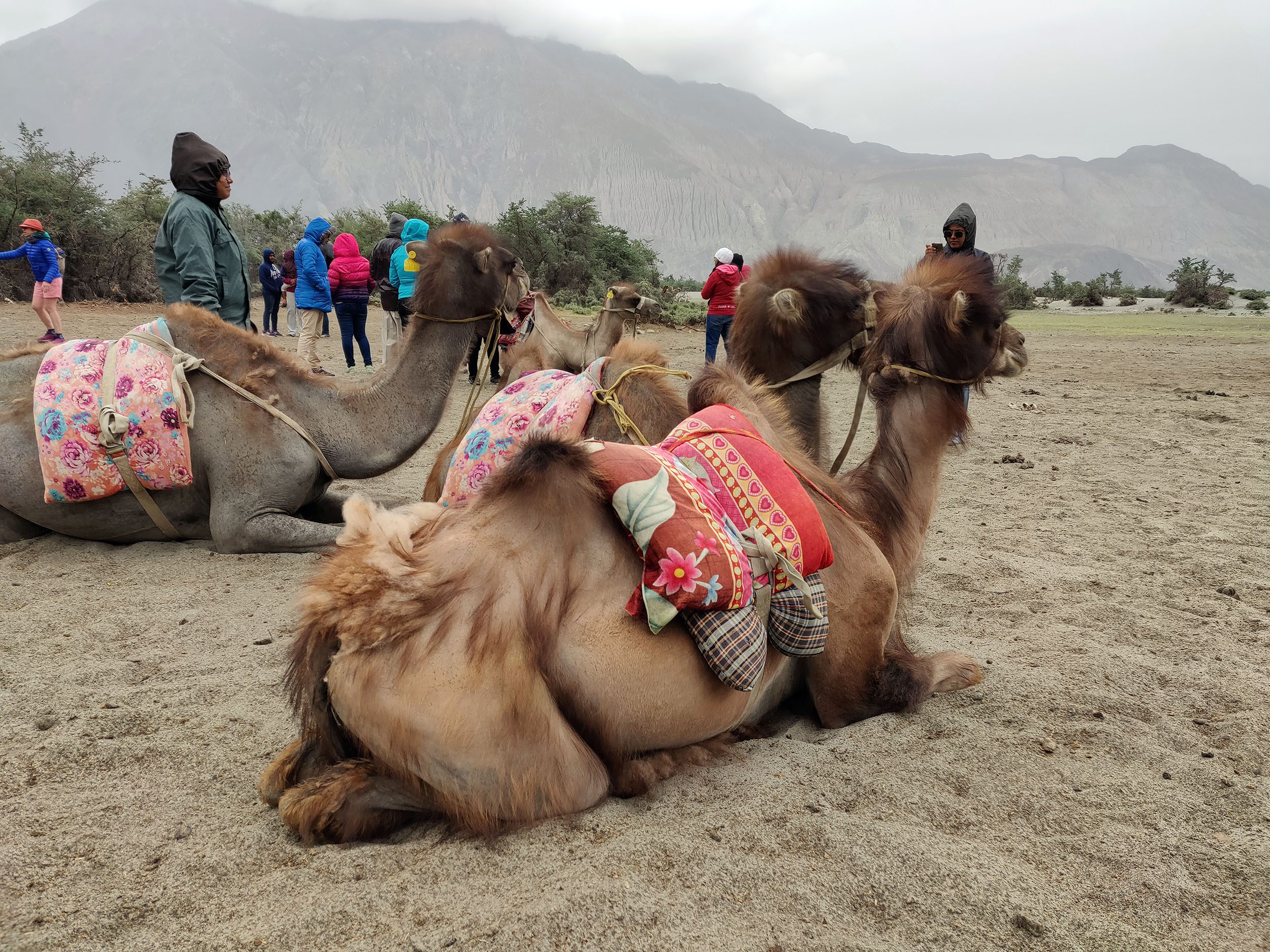
A desert is incomplete if it doesn’t have sand dunes. Spread over an elevation of more than 13000 feet, the stunning sand dunes of Hunder look even more picturesque with the backdrop of snow-clad rugged mountain peaks. They are also home to the double humped Bactrian Camels who were significant key players during ancient silk route.

Bactrian camels are double-humped camels, now found in southwest Kazakhstan and Nubra Valley in India. These camels can adapt well with the wide variations in temperature ranging from freezing cold to blistering heat, and a remarkable ability to go without water for months. Due to their tolerance towards extreme weather conditions, altitudes and lack of food conditions, they played a key role in enabling the travel of caravans on the Silk Road. During our visit to Hunder Sand Dunes, we will get an option to do Bactrian Camel Riding.
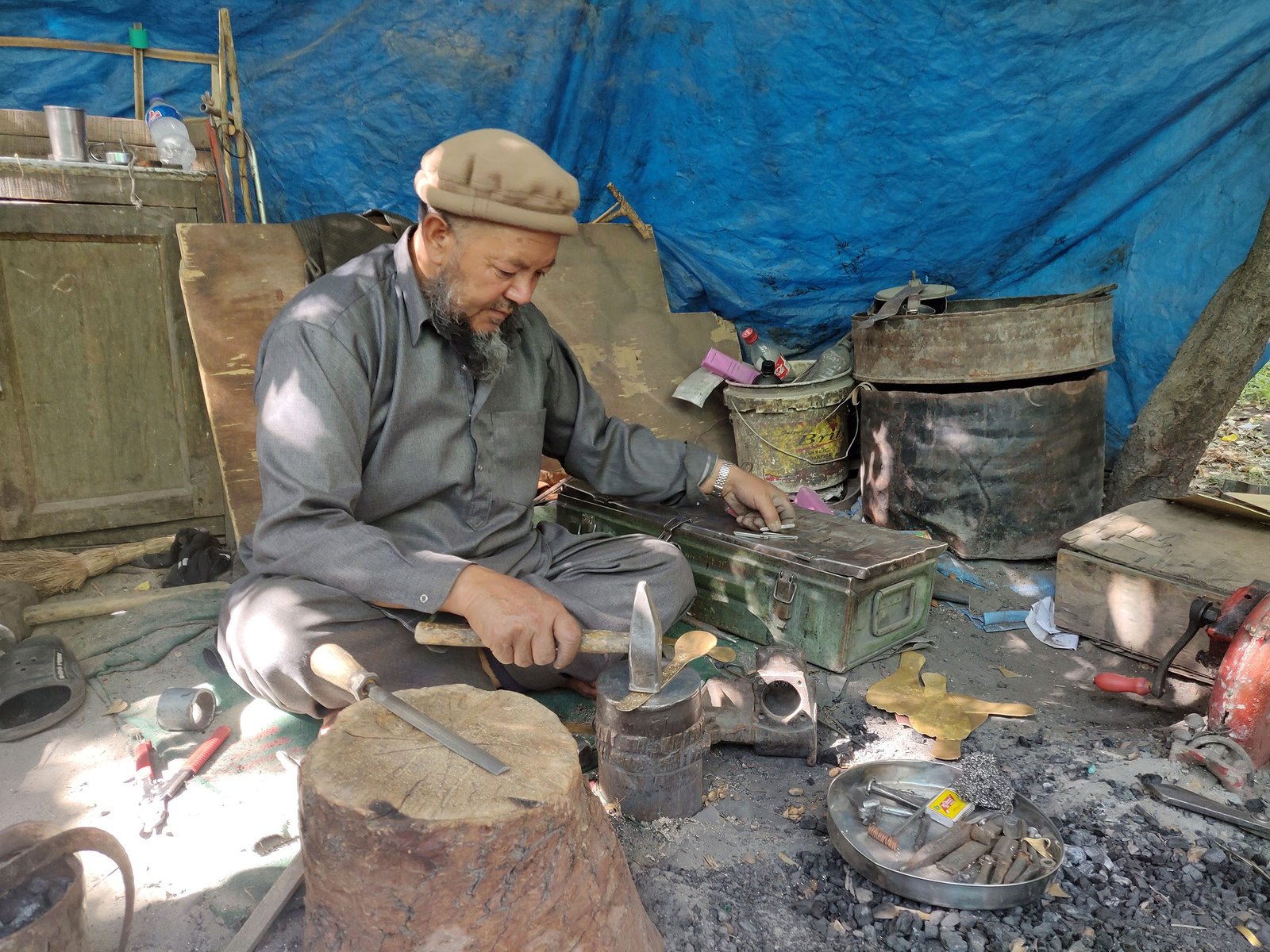
Turtuk, a village divided by the border of India and Pakistan, was a part of Pakistan until 1971. It was opened to inquisitive tourists in 2010. Surrounded by Karakoram range, it’s one of only four villages in India that lies in Baltistan region. Turtuk gives visitors a great opportunity to experience the culture of Baltisan, which is a dream to many people. We will also visit Turtuk Gompa, hike towards border point, and interact with Balti folks. The apricots which we will relish in Turtuk village are going to be the best ones you will ever taste!

Balti people, the residents of Turtuk, are rosy-cheeked beautiful looking people with very fair skin and features somewhat similar to Afghanis. Interacting with the residents of Turtuk village is the favorite part of the majority of travelers who visit here. The villagers are very friendly and shy as well. They happily offer apricots to the visitors to make them feel welcomed.
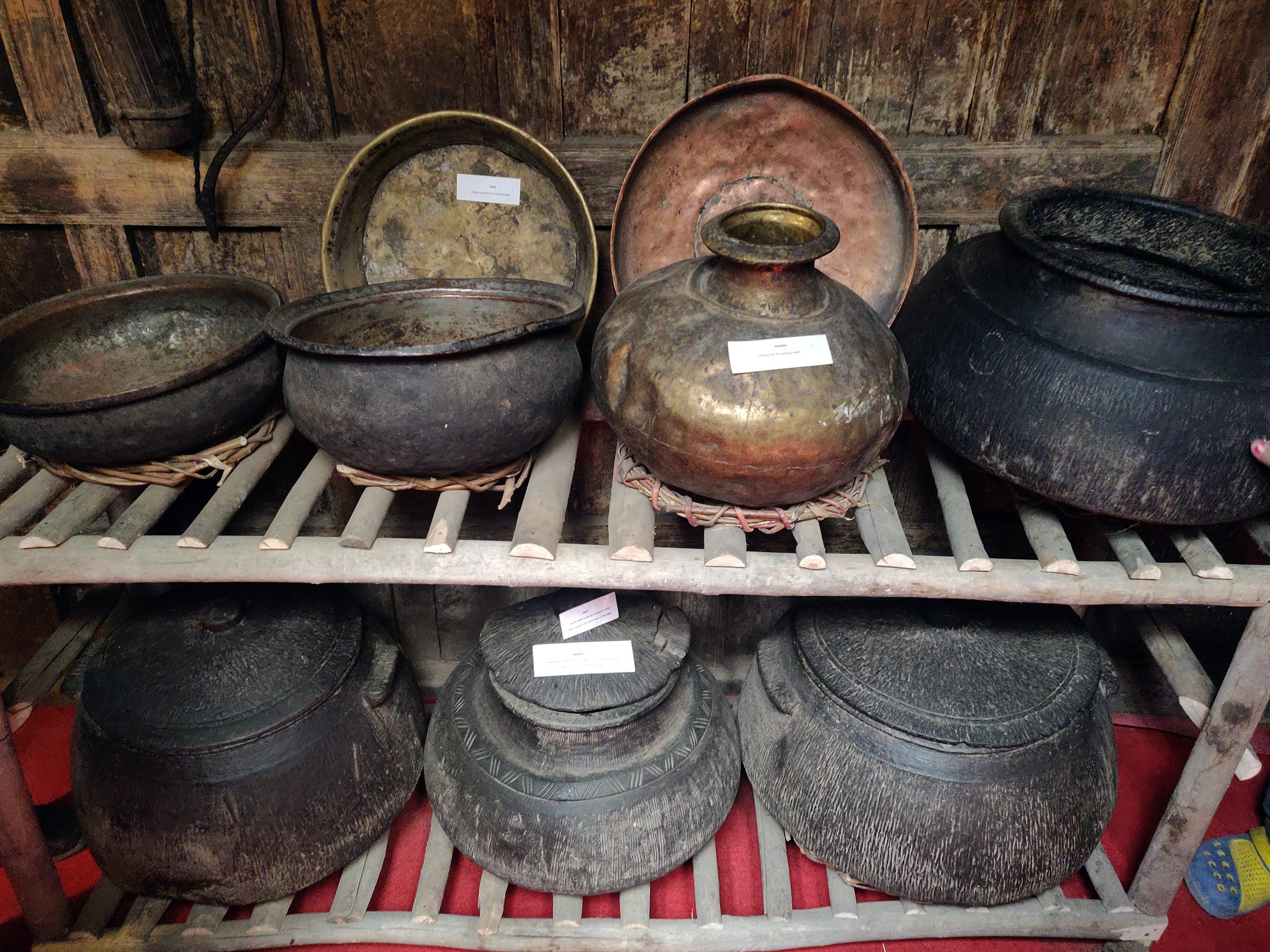
Balti Heritage House and Museum in Turtuk is a traditional 140 years old Balti house which has now been converted into a museum to provide an insight into the centuries old Balti lifestyle. The museum houses numerous artifacts including stone containers, utensils, farming tools, clothes made from yalk wool, traditional headgear, etc. The ancestral family which owns the museum, gives the guided tours of the place.
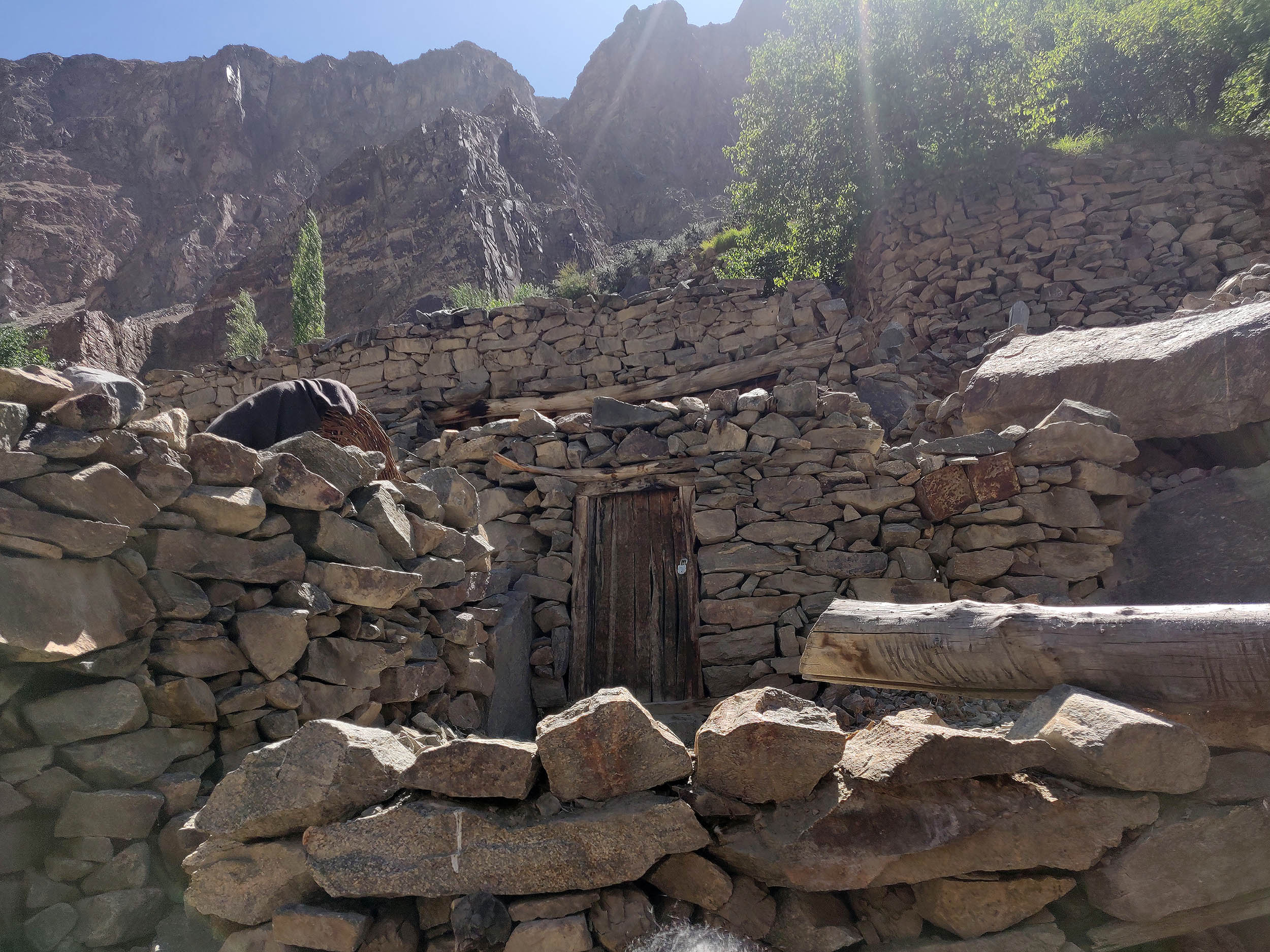
The villagers of Turtuk came up with an innovative solution to create natural cold storage. The natural cold storage is little stone rooms, also known as hollows or stone bunkers, where stones are arranged in such a manner that the gaps between them allow the cold air to creep inside. The underground glacial watercourse also adds to the cooling effect and keeps these stone quarters icy cold. Hence, perishable food items can easily be stored here.
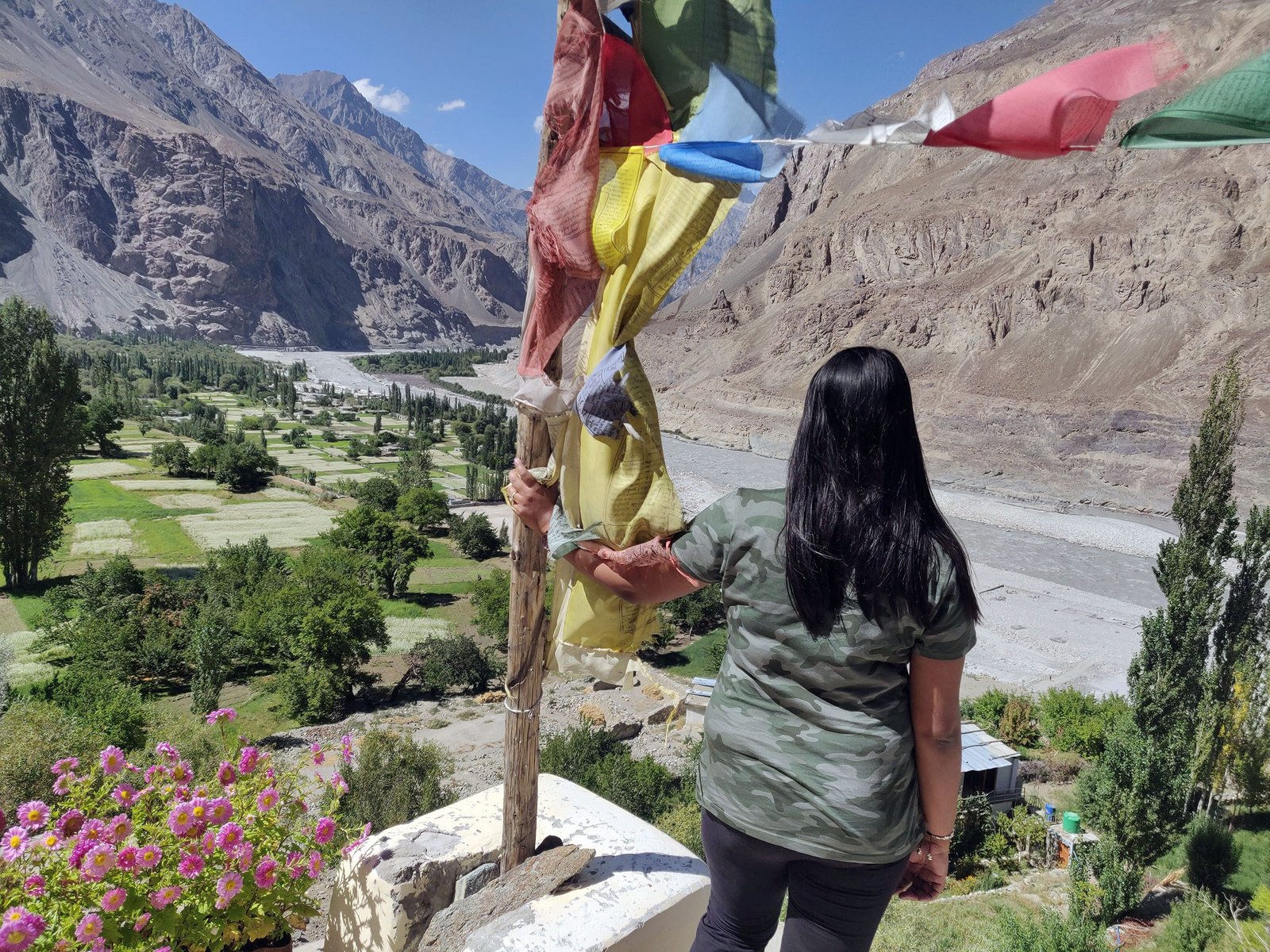
Turtuk is majorly a Muslim hamlet, and its residents still maintain a Buddhist monastery atop a hill. Doesn’t it tell us about the peace-loving and tolerant nature of the villagers? It’s a long walk to the monastery followed by a steep yet short climb on a rock. The picturesque view from the monastery is extremely rewarding as you see the Himalayan ranges, including the K2 peak (Karakoram), and the river Shyok flowing elegantly between these ranges.
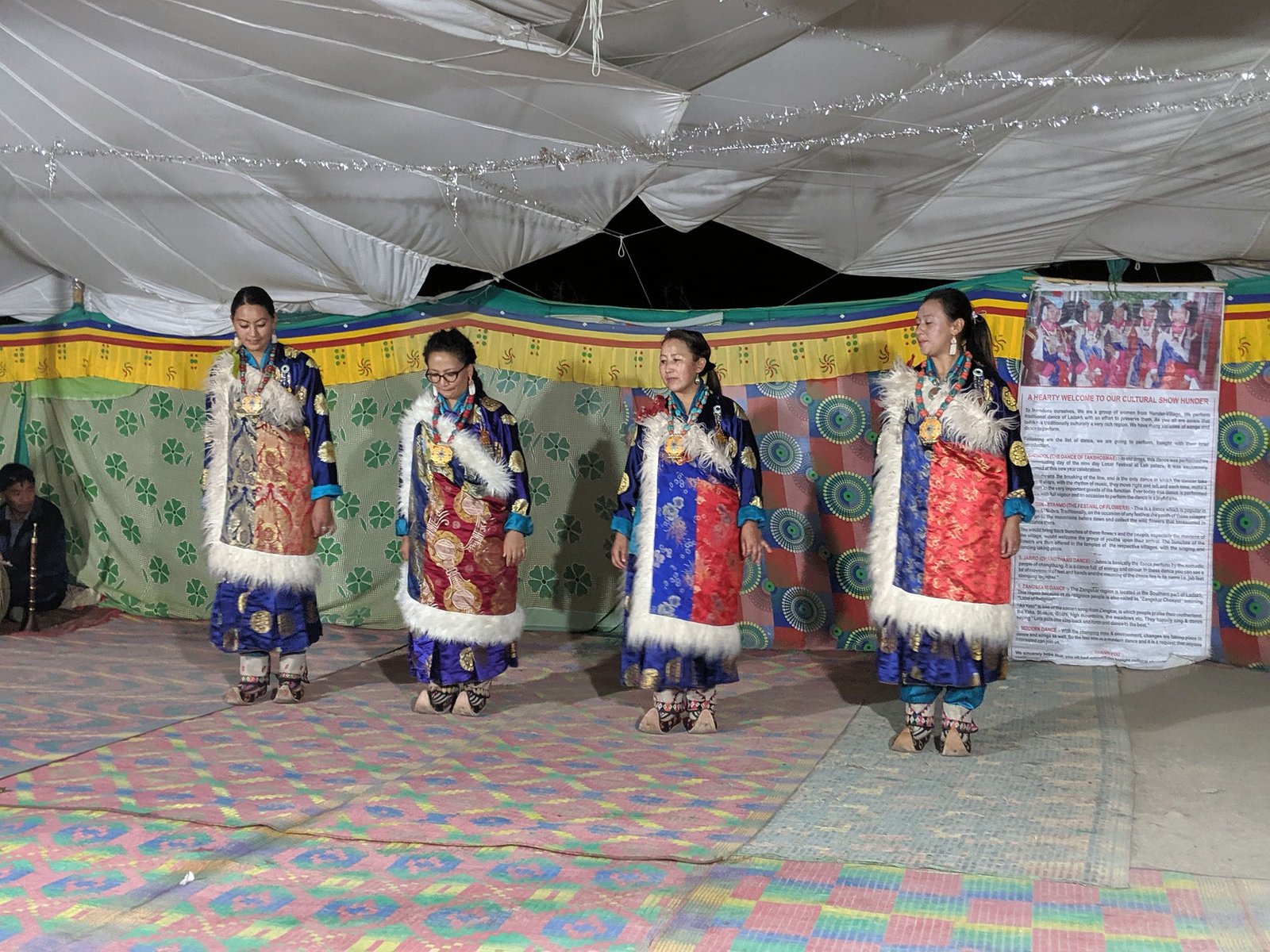
Ladakhi cultural show is an excellent way to get familiar with a few forms of traditional Ladakhi dances, as well as Ladakhi dresses. We will witness Ladakhi cultural show in Hunder Village in Nubra Valley where a few local artists perform in a makeshift tent arrangement every evening. The dance moves, melodious songs, the sound of trumpets accompanied with beautiful scenery make it even more special.

The best way to feel some adrenaline rush in the lap of sand dunes in Nubra Valley is to go for an ATV Ride. These rides last for almost 30 minutes, and one gets an opportunity to ride the vehicle through sand dunes while experiencing some thrill and getting some interesting videos. 🙂
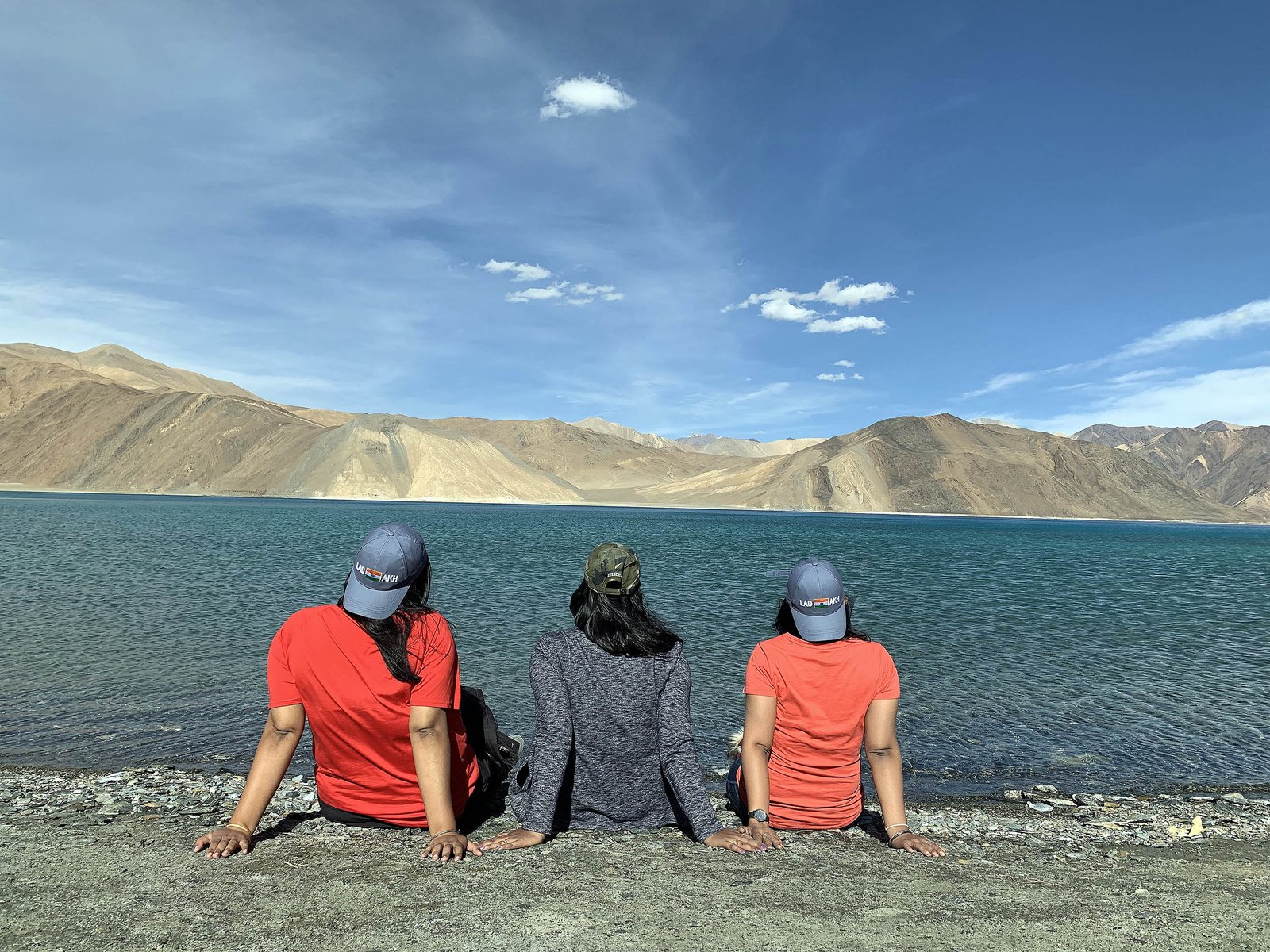
Pangong Lake doesn’t need any introduction to someone who has been wanting to visit Ladakh. Shimmering at an altitude of 14270 feet, and 134 km in length, the lake is completely frozen during winter. Pangong Lake is a saline water lake and different shades of color can be seen during different times of day. Do you know that this lake is shared by India and China, with a majority of its portion (more than 60%) lying in China? Be ready to spend a fairytale (cold though) night at the lake.

The beautiful Tibetan Buddhist Monastery is located in Hemis village of Ladakh which is tucked on a mountain on the west bank of the River Indus. Founded in 1630, the monastery is home to a large number of religious treasures such as Thangkas, weapons, carriers, tiger skins, skull vessels, swords and a stuffed vulture pup which are exhibited during festivals. It’s one of the most beautiful monasteries in Ladakh.

Located at an elevation of 17590 feet, Chang La is one of the highest mountains passes and the highest motorable roads in the world. The mighty pass is guarded and maintained by Indian Army due to its proximity to Indo-China border. A drive through Chang La is going to give us an adrenaline rush. It’s covered with snow throughout the year.
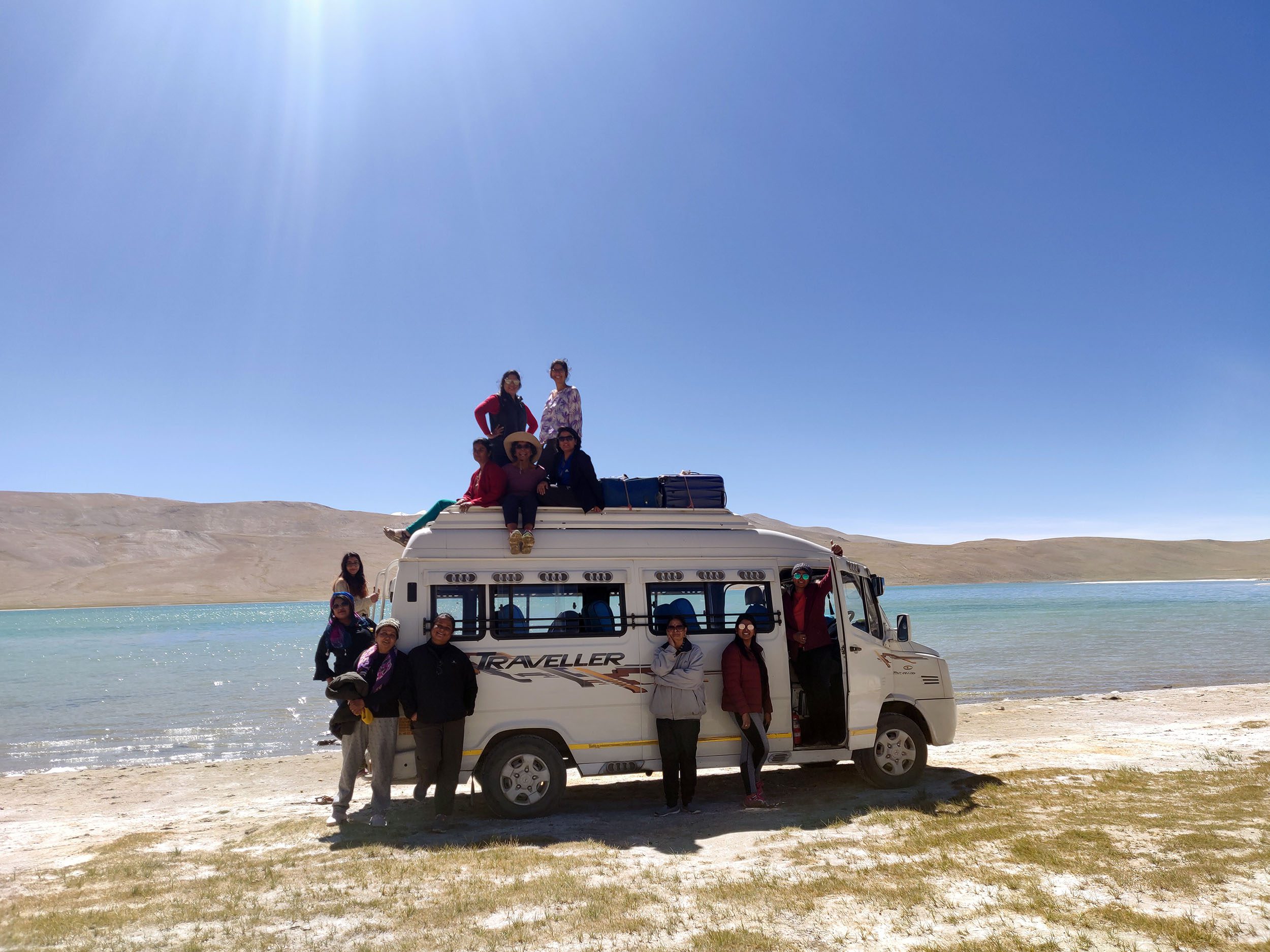
Our small group size ensure a personal touch, and our group leaders make sure to bond the entire group like long-lost friends. Hence, along with an amazing travel experience, you are in for a great of great social bonding.

To book this trip, please Call/ WhatsApp/ Email using the below-mentioned details.
If you have any questions or concerns, then please feel free to contact us using the below-mentioned details. Alternatively, fill this form and our team will get back to you at their earliest.

An old Tibetan saying translates to, “The
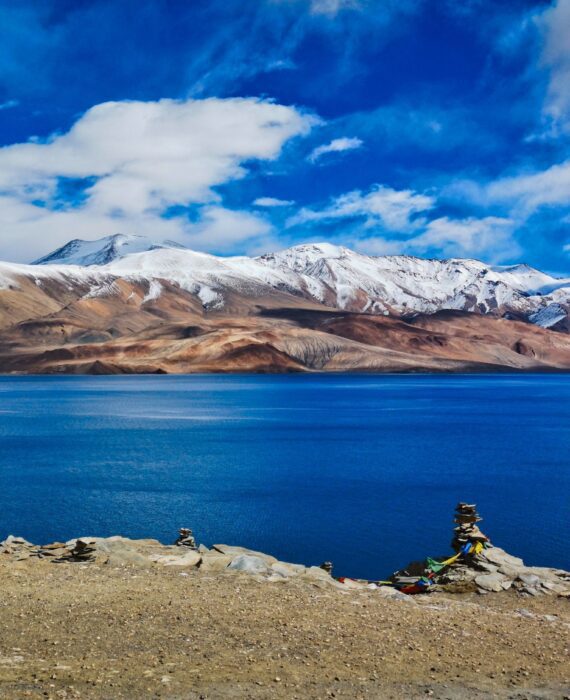
One…Two…Three – take a deep breath. A